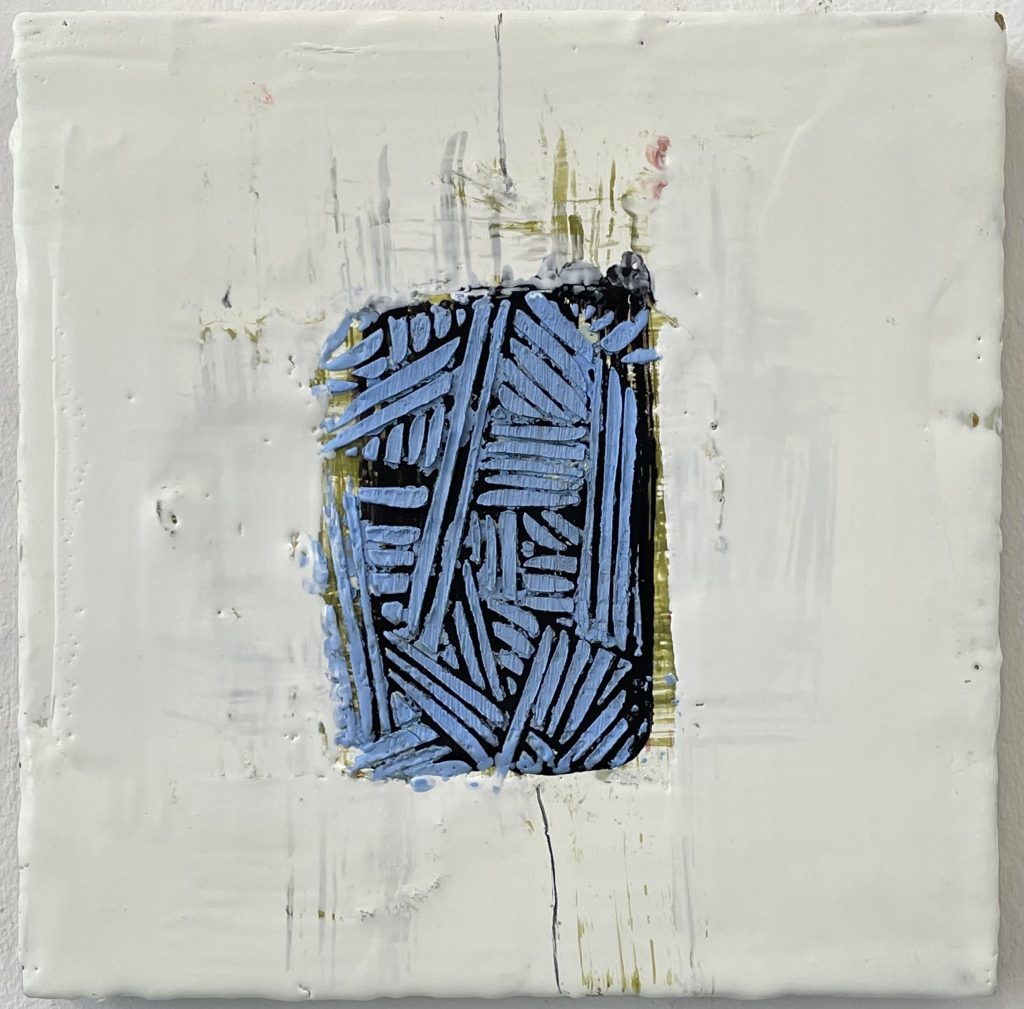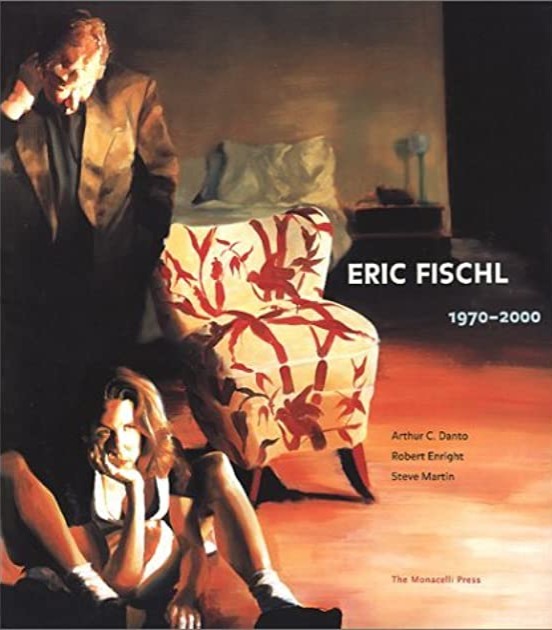In: American Painting

Amy Weil – Distillation
January 11, 2022Amy Weil Distillation Back in April 2021, I posted the first in our ongoing series of Curator's Picks. These were meant... Read More

The Art of Richard Diebenkorn
December 18, 2021The Art of Richard Diebenkorn, 1997
Jane Livingston, with essays from John Elderfield and Ruth Fine (The University of California Press)
Forgive me for saying something positive about social media, but it’s allowed for a proliferation of art and images online (which is one of the motivating factors that helped create the Covert Collective); the art historian in me welcomes this, as on Twitter, for example, there’s numerous ‘art bots’ that have filled the sphere with many fine artworks – such as those of Richard Diebenkorn.
“Recognized as a major figure in postwar American painting, Richard Diebenkorn (1922-1993) was an artist strongly identified with California but whose work is beloved throughout the United States and the rest of the world. This catalog is the most comprehensive volume on the artist now available.
Jane Livingston’s extensively researched biographical essay covers Diebenkorn’s entire career and concentrates on the artist’s inner life and purposes as revealed in his paintings. Ruth Fine deals primarily with the figurative aspect of Diebenkorn’s work (1955-67), and John Elderfield concentrates on the Ocean Park period (1967-93). All three authors provide valuable insights based on their personal relationships with the artist and his widow, Phyllis. On both page and canvas, the reader can sense Diebenkorn’s complexity and highly self-conscious working methods, as well as his formidable integrity.
The Art of Richard Diebenkorn will give readers with an interest in all phases of modernism new thoughts about the relationship between abstraction and representation. Stunningly illustrated, with 192 full-color reproductions, this book is an exhilarating testament to a distinctive American artist.” (from the publisher, The University of California Press)
The essays are enjoyable and informative: but the majority of the book is defined by almost 200 full-colour reproductions and that’s why I recommend this book. From Diebenkorn’s still life paintings to his rough portraits to his ephemeral repeated meditations where place and abstraction intersect, this book is rife with beautiful images. “If painting doesn’t offer a way to dream and create emotions, then it’s not worth it”, to quote Pierre Soulages, a contemporary to Diebenkorn, and one can easily get lost among the many images of Diebenkorn’s in this book
This is hopefully to be found at your library (UC Press offers a space to request a copy for the same), or your locally owned bookstore. Since I mentioned social media in this Library suggestion, it would be remiss to not offer links to a Richard Diebenkorn #artbot on Twitter, as a teaser to encourage you to seek out this book.
~ Bart Gazzola
Read More
Eric Fischl 1970 – 2000
August 25, 2021Eric Fischl 1970 – 2000 (2008)
Fischl is a complicated, sometimes brilliant, sometimes less so, painter. In offering Eric Fischl 1970 – 2000, I feel that it has to be enjoyed in tandem with his biography Bad Boy : My Life On and Off the Canvas, which is unflinchingly honest about his life and his work. As you peruse the many fine images of his work in this book, I enjoyed the writings of Arthur C. Danto, was less impressed with Robert Enright or Steve Martin, but found myself more so considering Fischl’s own words: “Old-school curators and historians who attempted to predict the zeitgeist failed spectacularly. They underestimated or completely misunderstood our generation’s embrace of irony, nihilism, and the absurd sincerity of the insincere gesture….None of us knew what work would enter the lexicon, what would last. No one really knew if any of it was any good. All we knew was that we were the next generation.”
Fischl, in many ways, is one of the few American painters that were ‘stars’ of the 1980s whose work hasn’t lost some of its appeal over the nearly four decades since that unique and complicated era. From Eric Fischl 1970 – 2000: “Eric Fischl emerged in the 1980s as one of America’s most important figurative painters. His paintings, many of which show a single intense moment, compel the viewer to participate in a world of middle-class suburban ambiguity and drama. In Fischl’s engaging distinctly American canvases, narrative, morality, sexuality, and psychology are preeminent.”
The book can be purchased here, but if you’re like me and lucky enough to have an excellent library nearby – and would prefer to eschew those lumbering e-commerce monstrosities – then that is what I’d suggest (there are also many smaller, independent book stores that would be happy to order it for you, too). Fischl’s images require attention to detail and repeated considerations, and this book offers both that and some interesting, contrasting voices, as well.
Read More
Recent Comments